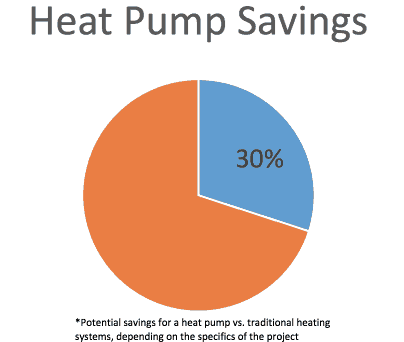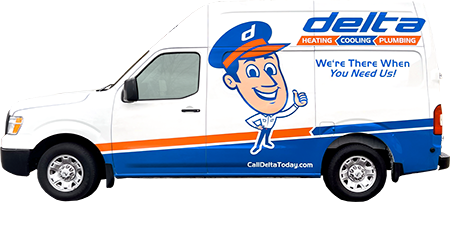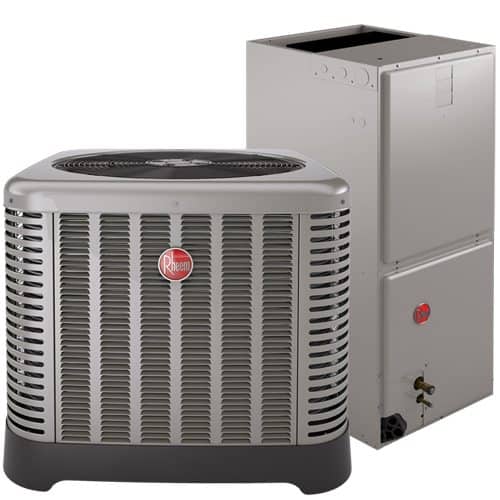Quick Guide to Keep your House Warm
When you hear the terms “heating season” and “cooling season” what first springs to your mind isn’t necessarily sunny days at the beach or fun on the slopes. Instead, you probably see images of furnaces, air conditioners, and dollar signs in your mind. We are happy that we live in an age when a simple push of a button on the thermostat can make our homes comfortable, but let’s face it: heating and cooling can be expensive. Often it’s a large part of our monthly budget. A heat pump in summer or winter can help to significantly reduce this expense.
What Is a Heat Pump?
Put simply, it’s a device that moves warm air to where it’s needed or not needed, depending on the season. What many people don’t realize is that there is heat even in cold air. When it’s cold out, a heat pump can extract this heat and transfer it inside, which means that your furnace is not running as much.
Seems strange, right?
Well, think: Have you ever felt the warm air that blows out from your refrigerator when it’s running? A heat pump works on the same principle. It extracts the heat from the air and moves it to where it’s needed. This involves coils, refrigerant, a compressor, valves, and the laws of thermodynamics, but let’s not get too technical. What matters most is this: Using a heat pump in the winter can reduce your heating costs and keep your house warm.
Why is it Cheaper?
Simple: Instead of generating heat, a heat pump just moves heat. This is why the word “pump” is used. As a result, heat pumps can provide equivalent space conditioning for as little as a quarter of the cost of conventional heating/cooling appliances. In fact, a heat pump can reduce the amount of electricity you use by as much as 30% to 40%.

And since it runs on electricity, it can reduce fuel costs if you use, for example, natural gas or propane to heat your home. Of course, you may still need a more traditional heating source, especially if outside temperatures drop below about 30°F. But this traditional heating source just acts as a “backup” heating source and comes on only when it is needed.
What are the Parts to a Heat Pump?
A typical heat pump consists of two parts: an indoor unit and an outdoor unit. The outdoor unit is the same size and appearance of a traditional air conditioner and contains the compressor, outdoor coil, fan, and valves. The indoor unit is called the air handler. It’s about the size of a traditional furnace, and contains a coil, fan, and supplemental heater. The three basic types of heat pump are air source, geothermal, and water source. Generally, a heat pump system can be installed in a day, but it’s best to consult a professional to assess the specifics of your home.
Conclusion
A heat pump in the winter is an efficient, cost effective way to heat your home. It can significantly reduce your heating costs and use of traditional heating fuels, making it environmentally friendly. Call family-owned Delta Heating, Cooling & Plumbing to find out more. We’d be happy to provide you with more information and assess the requirements of your home.

